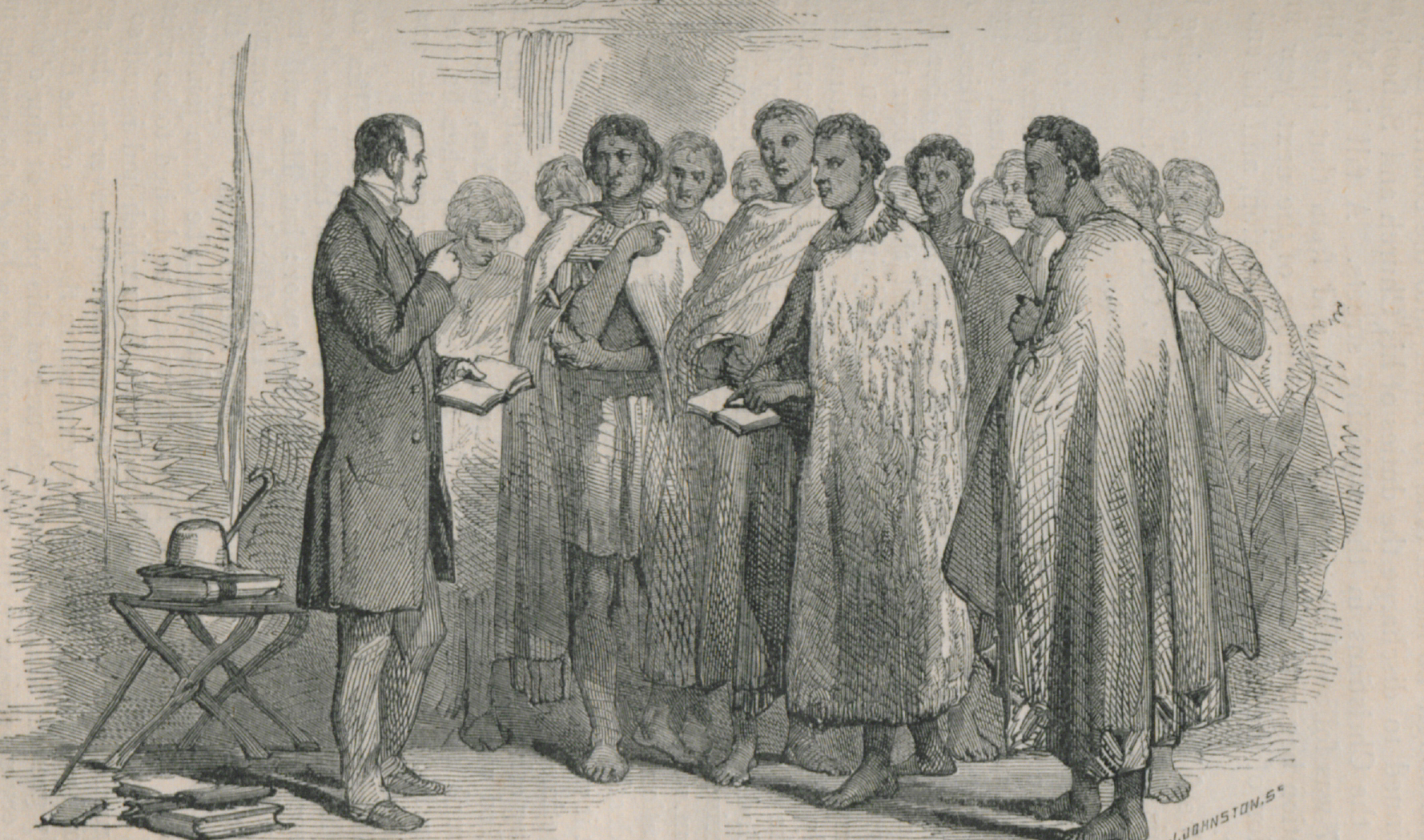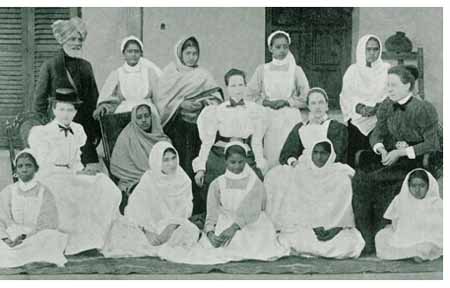Nature and Scope
Introduction
Church Missionary Society Periodicals features publications from the Church Missionary Society (CMS), the South American Missionary Society and the Church of England Zenana Missionary Society (CEZMS) between 1804 and 2009.
Forming a prominent feature of British religious philanthropy from the late eighteenth century onwards, missionary societies served as employer and community to missionaries far from home. Service came with considerable sacrifice and sometimes high risk, so society publications became crucial for keeping those at home in touch with the activities of the society and its individuals, as well as promoting and funding its work.
The Church Mission Society
Now the Church Mission Society (and incorporating what were formerly the South American Missionary Society, the Mid-Africa Ministry and the CEZMS), CMS was founded in 1799 with aims including social reform in England and world evangelisation. The first overseas mission was in Sierra Leone in 1804, but soon the societies were working in other African countries, the Mediterranean, the Middle East, Asia, Oceania and the Americas. CMS has been one of the most influential Protestant mission agencies and its work has led to the establishment of vibrant Anglican churches across the world.
Material Selection – Module 1
Module 1 of Church Missionary Society Periodicals features publications from the Church Missionary Society and the South American Missionary Society between 1804 and 2009.
In 1838 a small paper called the Church Missionary Gleaner was started by Charles Hodgson, who was a CMS Association Secretary in Yorkshire. In 1841 CMS adopted it as a twopenny magazine with rich woodcut illustrations to record and inform the public of its activities, and this is where our resource begins. It is also where it ends, as the Gleaner would eventually become Yes Magazine, which is available right up to 2009 (for more information on the evolution of the publication titles please see The Periodical Titles).
Contemporary to the first Gleaners and now fully digitised is the Church Missionary Intelligencer, aimed at a more scholarly audience with in-depth articles produced in a journal style. Other organisations are represented in The South American Missionary Magazine and its successors (available from 1867-2006), and Ruanda Notes and its subsequent titles (1921-2002) from the Mid-Africa Ministry. These region-specific periodicals continue into the twenty-first century, allowing an up-to-date view of the Society’s activities across a broad geographic range.
Other key documents include the Register of Missionaries, unique annotated volumes listing the men and women of the CMS from 1804-1928, while The Church Missionary Atlas and The Gleaner Pictorial Albums present compendiums of content, ideal for teaching and exploring the visual culture of reporting the missionary encounter.
With publications ranging in period, style and focus, this resource aims to offer a global view of missionary activity across three centuries and to facilitate research within a vast range of disciplines.
Material Selection – Module 2
The focus of this second module is on the publications of CMS medical mission auxiliaries, the work of the Church of England Zenana Missionary Society among women in Asia and the Middle East, newsletters from native churches and student missions in China and Japan, and 'home' material including periodicals aimed specifically at women and children subscribers. Articles, often in the form of letters authored by missionaries abroad, are enhanced by detailed illustrations and photographs of their surroundings, the mission community and the people among whom they worked.
The longest-running series in this part is India’s Women (and subsequent titles), through which the work of the CEZMS in China and India, from 1880 to 1957, can be studied.
Long runs of The Church Missionary Society Record, CMS Historical Record and CMS Annual Reports can be explored. These cover the period from 1830-1986 and offer an overview of CMS work in different spheres around the world.
CMS medical journals encompass the work of medical missionaries and mission hospitals in all fields, including Africa, the Middle East, India and China. The principal series is Mercy and Truth, which was published from 1897-1940 (with two title changes) and provided information on the setting up of hospitals, training of local people, epidemics and their treatment, as well as sending out calls for financial support.
The efforts made to engage English children in supporting foreign missions can be studied in the Quarterly Token for Juvenile Subscribers. These short but beautifully illustrated magazines tell stories of dangerous expeditions and encounters with local people, tempered with moral tales of redemption and fund-raising suggestions.
Many region-specific periodicals were edited and printed in the field, and the selection in this module provides scope for research into the periodicals' different target audiences and physical production, as well as the written contents. Learn about the Society's role in vaccination programmes in Africa, campaigns against foot-binding in China and against child-marriage in India, and the effects of natural disasters, revolution, war and changing political regimes on Christian communities and Europeans far from home.
For more information on the evolution of the publication titles please see The Periodical Titles.
Additional features
- Interactive chronology – this provides information on key dates in the CMS history, as well as the societies which came under its wing. Mission activity in different spheres of work, from women and families to the development of the native church, can then be compared against the political climate and global conflicts.
- Biographies – discover more about prominent figures from world history and missionary societies.
- Interactive map – this allows you to refine documents by region and country by spinning the globe and clicking on your area of interest.
Language and Terminology
Every care and attention has been paid to preserve the historic authenticity of these documents, which range in date from the early nineteenth century to the twenty-first century. Any terminology that may be deemed discriminatory or offensive by present-day principles may have been preserved for the historic accuracy and relevance to that particular document.




